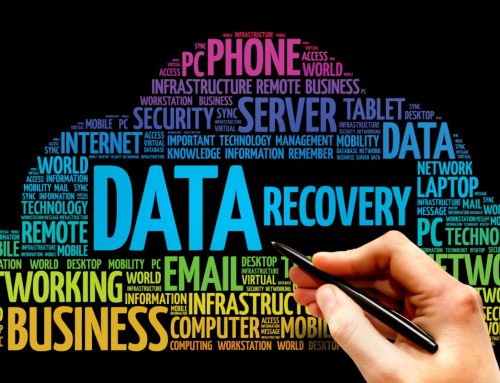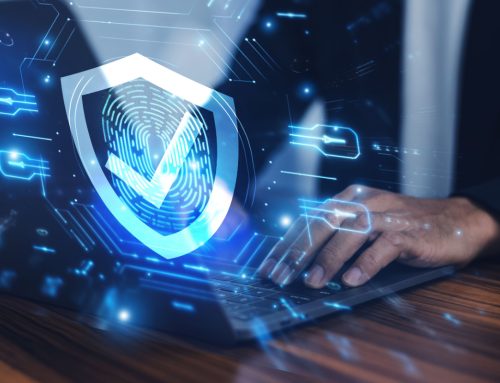The important role of identity and access management in remote work reared its head during the pandemic as concerns about security, system, and app integrity took centre stage.
With more and people than ever working remotely greater control is clearly needed to enable remote workers to continue in their role and do their job while ensuring secure access to the right resources.
How remote work is shaping IAM
IAM (identity and access management) is a process within IT that facilitates a secure and effective remote workforce, by enabling access to the right resources at the right time with verification for users. This ensures system integrity.
IT decision makers agree that IAM forms a critical part of remote working. By connecting workers to the resources they need and safeguarding that access, businesses can ensure a productive work environment and adapt to demands.
Securing your remote workforce
The role of IAM is to not only enable access to the right resources at the right time, but also restrict access to the wrong resources. This requires the user to have authentication for a data set. This is where MFA (multifactor authentication) comes in.
MFA combines two or more authentication factors to verify users. Users are prompted to comply with the MFA before accessing their workstation. This could be answering three questions or providing a pin number in addition to a secret word. Smartphones and laptops with a fingerprint reader can also make use of this technology.
Why identity and access management matters
An IAM system matters because it provides assurance that only the right people are accessing business assets. These systems track users and can identify strange behaviours, such as multiple logins and dormant but active workstations.
Having the ability to control the type and breadth of data workers have access to, and the systems they can interact with, ensures that remote work is as secure as possible.
This provides peace of mind that those who are working remotely pose little risk to your operation. This will strengthen your security and help you meet compliance standards – an often overlooked aspect of remote working that requires attention.





